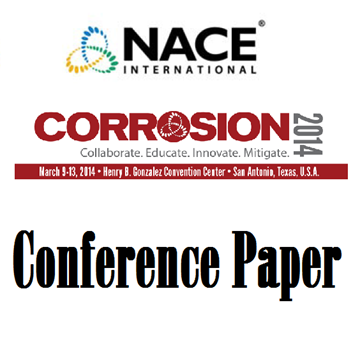Search
Thinning Of Inlet Piping To Reactor Effluent Air Condenser [REAC] Of Gas Oil Hydrotreating Unit - Case Study
Also Purchased
97490 CORROSION OF REACTOR EFFLUENT AIR COOLERS
Product Number:
51300-97490-SG
ISBN:
97490 1997 CP
$20.00
Failure Analysis of Reactor Effluent Air Cooler (REAC) in a Hydrocracker Unit
Product Number:
51314-3730-SG
ISBN:
3730 2014 CP
Publication Date:
2014
$0.00
51314-4207-Failure of Hydrocracker First Stage Reactor Effluent Exchanger Due to OD Under Deposit Corrosion
Product Number:
51314-4207-SG
ISBN:
4207 2014 CP
Publication Date:
2014
$0.00




![Thinning of Inlet Piping to Reactor Effluent Air Condenser [REAC] Of Gas Oil Hydrotreating Unit - Case Study Thinning of Inlet Piping to Reactor Effluent Air Condenser [REAC] Of Gas Oil Hydrotreating Unit - Case Study](https://nacestoreimages.blob.core.windows.net/images-thumbs/0088973_thinning-of-inlet-piping-to-reactor-effluent-air-condenser-reac-of-gas-oil-hydrotreating-unit-case-s_32.png)